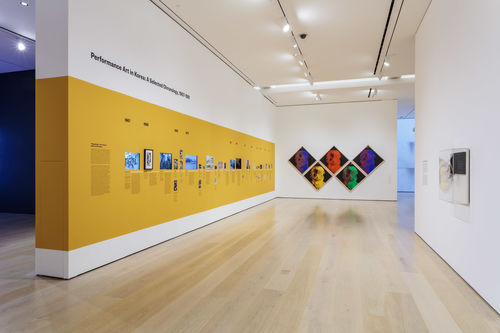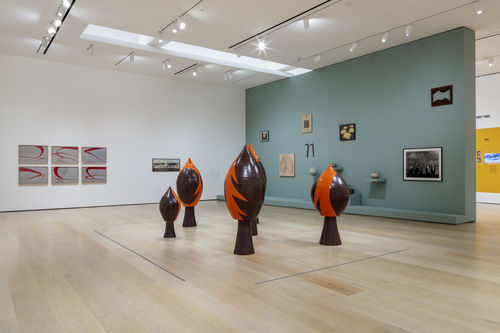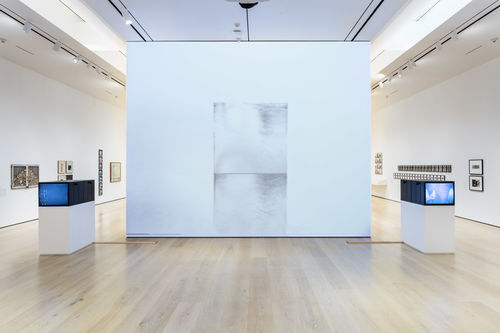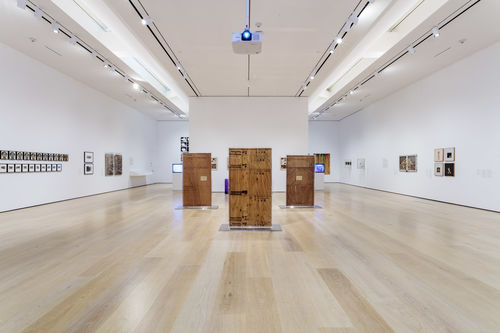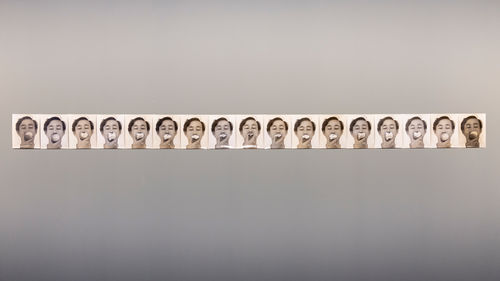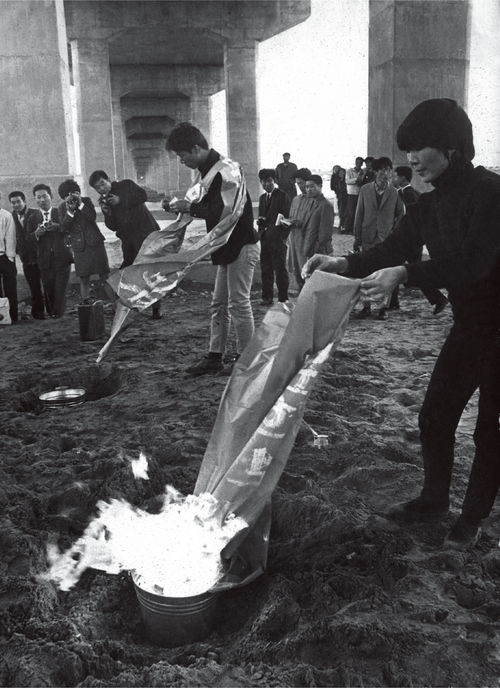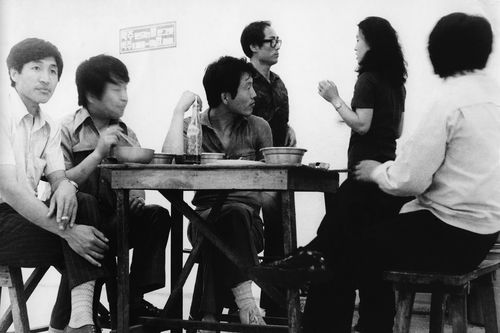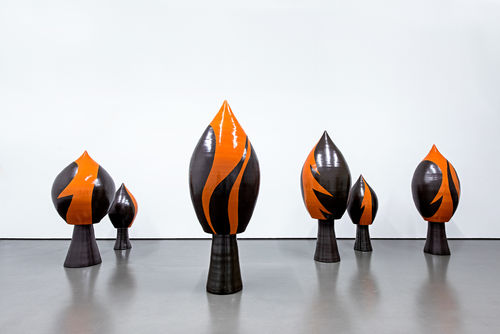
Only the Young: Experimental Art in Korea, 1960s–1970s
- – This is a past exhibition
Only the Young: Experimental Art in Korea, 1960s–1970s is the first North American exhibition to explore the groundbreaking work of a generation of artists who emerged in the decades following the Korean War (1950–53). The exhibition offers unprecedented insight into a moment in which artists in Korea began to take a stance against what they saw as a limiting approach within the local art world and instead embraced innovative and often provocative practices.
Dissatisfied with the abstract style that dominated the work of the Korean art establishment, these young artists sought new modes of artistic production that would be capable of capturing their dissonant and rapidly changing realities. Confronting a period of intense cultural transition, they worked both collectively and as individuals in pursuit of an artistic process whose complexity could meet the rapidly evolving social and political landscape of the newly formed Republic of Korea (commonly known as South Korea), grappling with its colonial past and a present that witnessed rapid industrialization and an influx of foreign goods. Taking up an expanded, transdisciplinary approach to their creative output, these practitioners adopted mediums such as assemblage, installation, and happenings and employed industrial materials and new technologies. Their engagement with the new provided a framework to produce art at the forefront of the global avant-garde while remaining embedded within their local contexts. This generation lost momentum in the late 1970s but would gain wider recognition in the early 2000s, when the art historian Kim Mikyung revisited the period, referring to their movement as “experimental art.”
Featuring nearly eighty works and archival materials, Only the Young centers a moment of unprecedented creative energy in South Korea’s art history as the country’s culture experienced a sea change. The works in the exhibition exemplify the radicality, irreverence, and play that have given artistic production during this time its lasting impact on the country’s art community. As a whole, they demonstrate an unwavering commitment to art as a living historical document and posit the artist as capable of reimagining the world around them.
The exhibition is the result of a collaborative research effort between the Solomon R. Guggenheim Museum, New York, and the National Museum of Modern and Contemporary Art, Korea (MMCA). It is co-organized by Kyung An, associate curator, Asian art, Guggenheim Museum, and Kang Soojung, senior curator, MMCA.
The presentation at the Hammer is organized by Pablo José Ramírez, curator, with Nika Chilewich, curatorial assistant.





